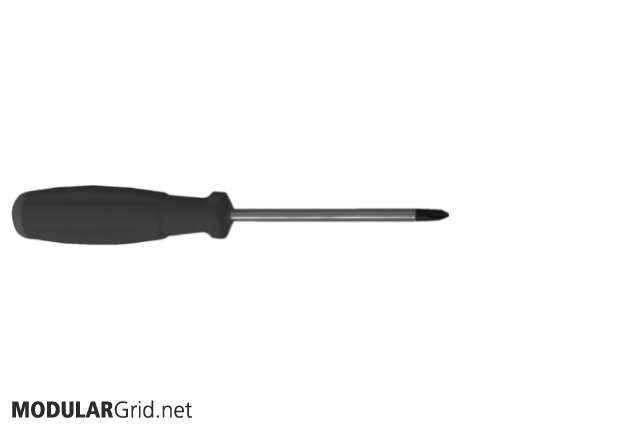Lead And Bassline == Two Arpitechts??
I know I'm crazy. This is crazy. If you can, please help me with my crazy.
The premise
I'm trying to build a setup for live improvisational dancy techno. I'm looking for a lead, a bassline, and drums. That's (technically) music, that's what people seem to expect, that's what (I think) will get people dancing.
My thinking is I'll have 2 lead voices and 2 bass line voices to be able to swap out a voice when I move to a new musical space. Throw in drums, delicious and weird voicing from the Loquelic, some basic effects, plenty of filtering to twiddle with, a few samples. Jam everything into a small enough case to be portable but large enough to accommodate not needing another piece of equipment (like a separate drum machine) and I'm off to the races.
The problem
In theory, I thought Metron's Voltera extension would allow me to throw together melodies and bass lines easily enough on the fly. In practice, it's proving somewhat clunky; I'd very much appreciate an easier way to generate said melodies and bass lines.
Enter the theoretically insane: double (2x!!) Arpitechts. One for the lead voices and one for the bass voices. It just feels bad, but what am I to do?
The question
How else could I improvisationally (on stage) generate two sequences of notes that, you know, get people dancing? I look at this current setup and just see problems. Do I need a bigger case? Should I accept defeat and move to an external drum machine? What think?





